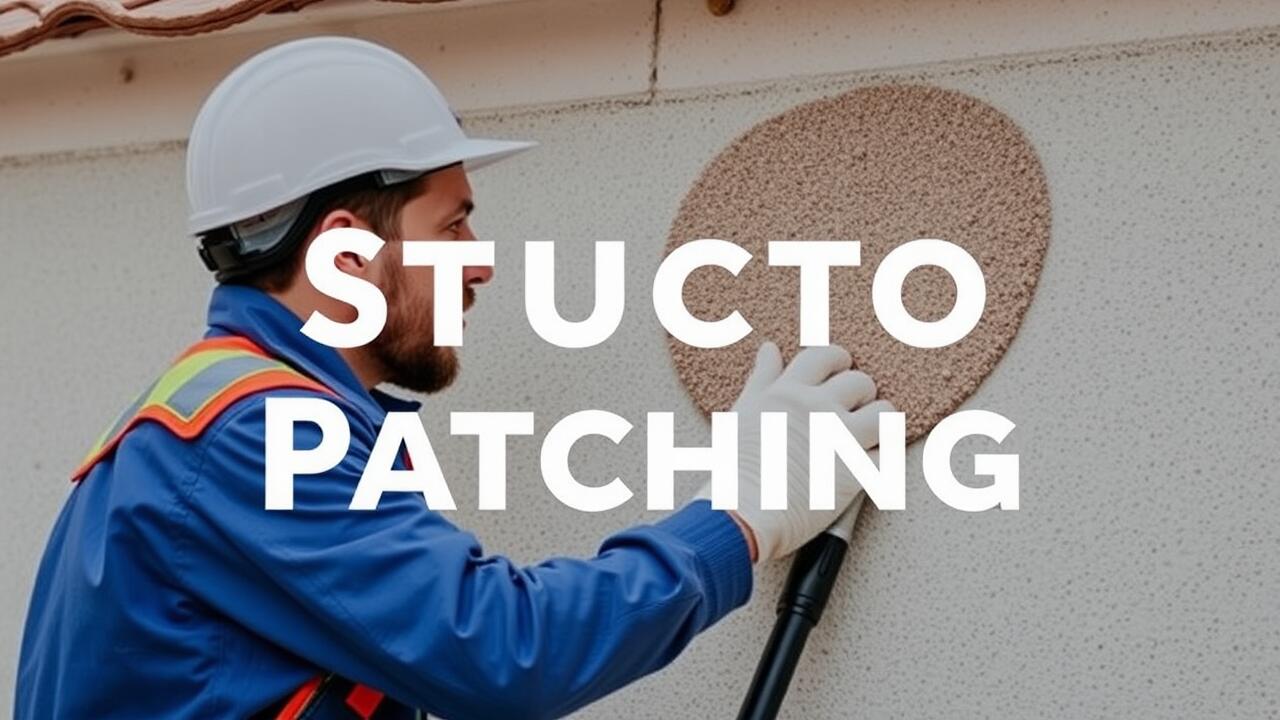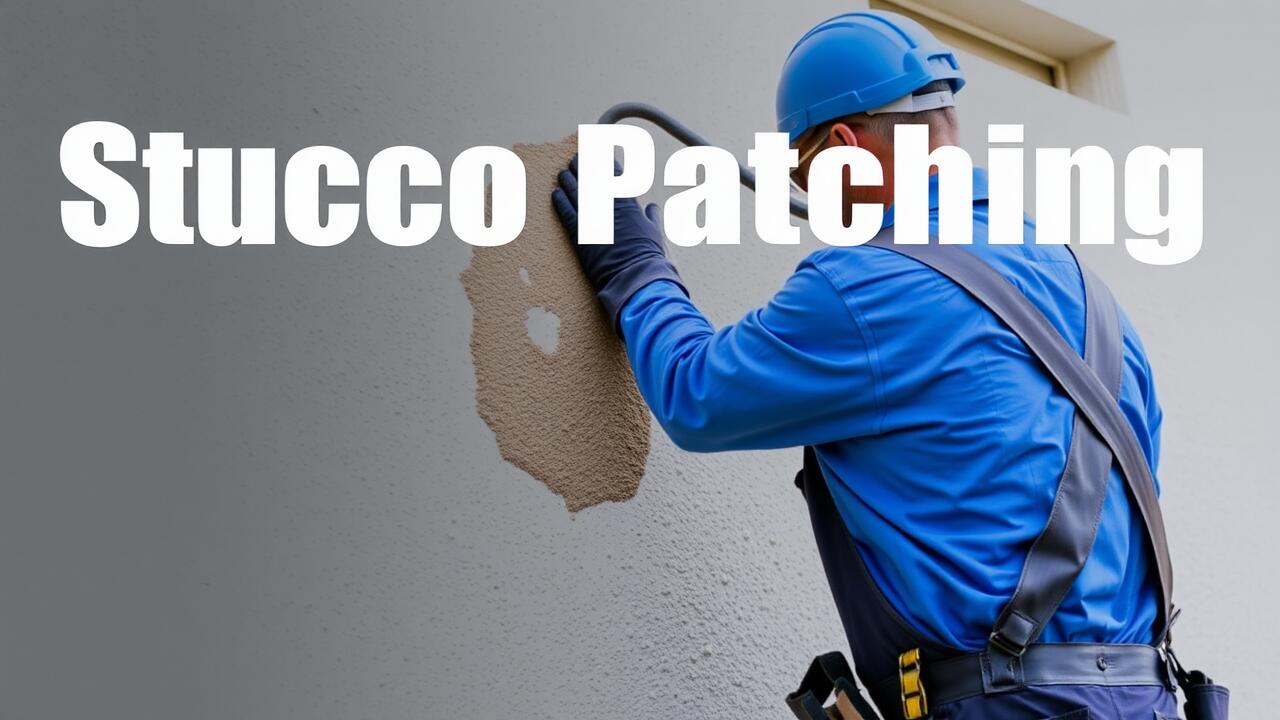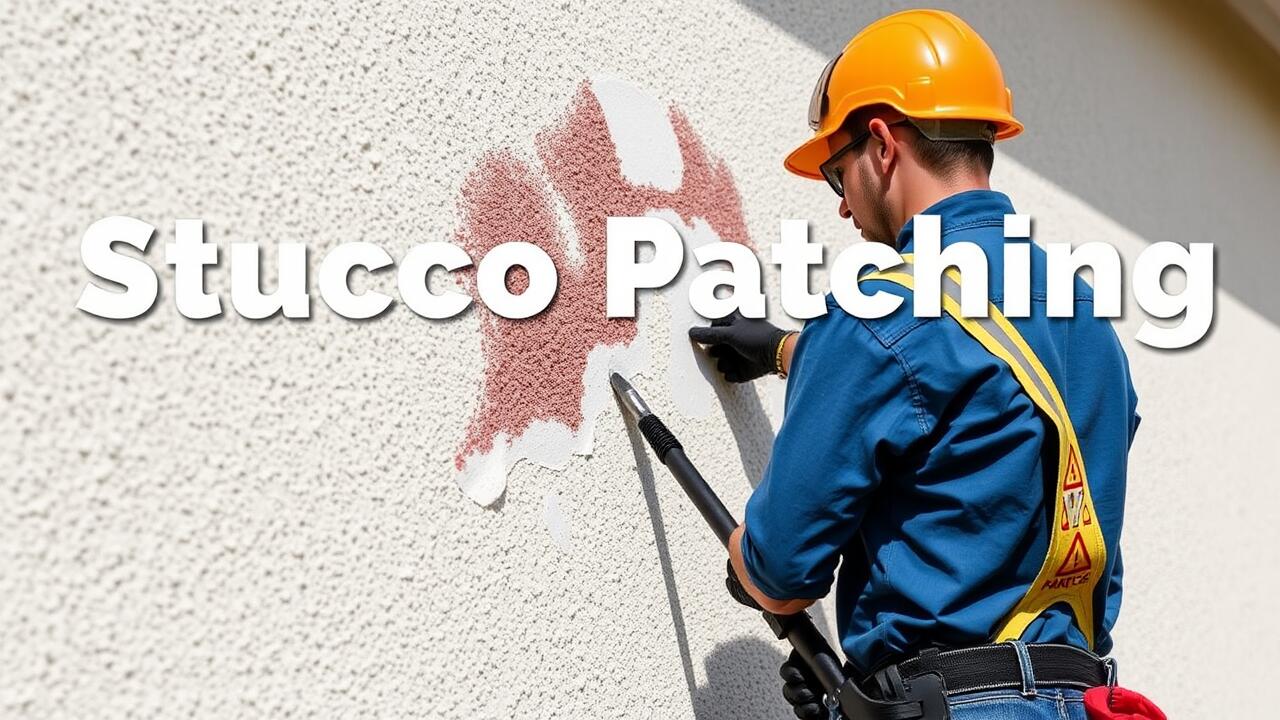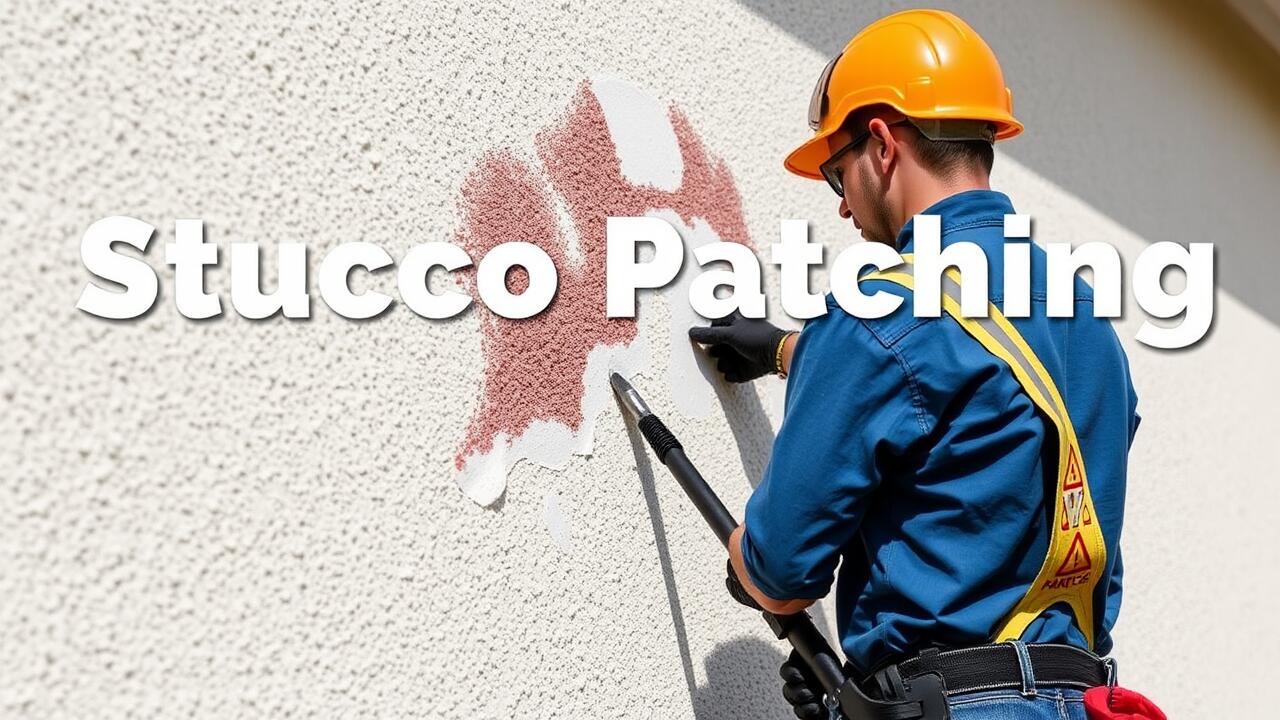
Peeling and Chipping
Peeling and chipping are common indicators of damaged stucco, often resulting from moisture exposure or improper application. When the outer layer begins to lose adhesion, it may detach from the substrate, leaving unsightly gaps or a rough texture. This deterioration not only impacts aesthetics but can also expose underlying materials to further damage. Addressing peeling and chipping promptly is crucial in preventing more significant issues, such as water intrusion or structural failure.
In areas like Studio City, Los Angeles, stucco patching is an essential service for maintaining the integrity of homes. Professionals assess the extent of damage and determine the best approach to repair, ensuring that the new layer adheres correctly and blends seamlessly with the existing stucco. Timely intervention can safeguard properties from deeper issues, preserving both the appearance and stability of structures in the community.
Loose Fragments
Loose fragments in stucco are often a clear sign of damage. This condition can manifest as pieces of the stucco lifting away from the surface or breaking off entirely. Factors contributing to this issue include poor installation, lack of proper maintenance, or exposure to moisture. When fragments are seen falling to the ground, it indicates that the integrity of the finish is compromised, which could lead to further deterioration if not addressed promptly.
When faced with loose fragments, timely repair is crucial to prevent more extensive damage. Homeowners in areas like Crenshaw, Los Angeles, may consider stucco patching services tailored to address these issues effectively. Properly patching damaged areas prevents moisture intrusion and helps maintain the overall aesthetic appeal of the structure. Regular inspections and maintenance can also help catch potential problems early, ensuring the stucco remains in good condition.
Water Intrusion Indicators
Water intrusion can manifest in several noticeable ways in stucco exteriors. One common indicator is the presence of stains or discoloration on the surface. These marks often appear dark or yellowish, particularly in areas where water has pooled or dripped. Moreover, excessive moisture could lead to the development of mold or mildew, which thrives in damp environments. Homeowners should be vigilant about these signs, as they may point to deeper issues within the property's exterior.
Another indicator of potential water intrusion is the formation of efflorescence, a white, powdery substance that appears on stucco surfaces when water evaporates, leaving behind mineral deposits. Cracks in the stucco, especially those that seem to expand or deepen over time, can also suggest that water is making its way underneath the surface. If you notice these issues, seeking professional assistance, such as Sherman Oaks, Los Angeles stucco patching, may help address water-related damage effectively and restore the integrity of the exterior.
Evidence of Water Leakage
Water leakage can manifest in various ways, often giving clear signs that your stucco requires immediate attention. One significant indicator is the presence of stains or discoloration on the surface. These stains may appear yellow, brown, or even black, reflecting moisture accumulation beneath the stucco layer. Homeowners may also notice bubbling or swelling, which signifies damage to the underlying materials. Inspecting the area closely can reveal additional clues that warrant professional repair.
In regions like Crenshaw, signs of water intrusion should never be ignored. If you see recurring puddles near the foundation or excessive moisture at the base of stucco walls, these could point to ongoing issues that might compromise the integrity of your home. It’s essential to address such problems promptly with services like Crenshaw, Los Angeles Stucco Patching to prevent further damage. Failing to take action may lead to more extensive repairs down the line and increase the risk of mold growth inside your home.
Structural Issues
Structural issues in stucco can manifest in various ways. One prominent sign is sagging, where the surface appears to droop or lose its previously even alignment. This can happen due to underlying moisture problems or inadequate installation practices. Warping also presents as a serious concern, with areas of the stucco bending or twisting, compromising both aesthetics and functionality. These conditions can create further vulnerabilities that may lead to additional damage if not addressed promptly.
In Echo Park, Los Angeles, stucco patching becomes critical when these structural issues arise. Timely repair not only restores the integrity of the exterior but helps prevent more extensive and costly renovations. Homeowners should be vigilant in recognizing these signs early on. A proactive approach can ensure the longevity of the stucco finish while maintaining the visual appeal of homes in this vibrant neighborhood.
Sagging and Warping
Sagging and warping in stucco can signify underlying issues within the structure of the wall. When the stucco is no longer evenly distributed, it creates a distressed appearance that may resemble bulging or bending. This deformation can be caused by water damage, which can weaken the materials over time. Additionally, if the support framing behind the stucco has deteriorated or shifted, it can lead to noticeable sagging, revealing a potential need for immediate repairs.
In areas like Crenshaw, Los Angeles, stucco patching is often necessary to restore both aesthetics and integrity to the building. Homeowners should monitor their stucco for these signs regularly, as addressing sagging and warping early can prevent further complications. Repairing such damage promptly not only enhances the visual appeal of the property but also ensures the long-term durability of the structure.
FAQS
What are the common signs of damaged stucco?
Common signs of damaged stucco include peeling and chipping, loose fragments, water intrusion indicators such as evidence of water leakage, and structural issues like sagging and warping.
How can I tell if my stucco is peeling or chipping?
You can identify peeling or chipping stucco by looking for areas where the surface appears to be flaking away or where sections are missing entirely, often exposing the underlying materials.
What should I look for to detect water intrusion in stucco?
Look for signs of discoloration, mold growth, or damp spots on the interior walls, which can indicate water leakage through the stucco. Additionally, check for cracks and gaps in the stucco surface.
What are the structural issues associated with damaged stucco?
Structural issues may include sagging, warping, or bowing of the stucco surface, which can indicate underlying problems with the framework of the building or moisture damage.
Can I repair damaged stucco myself, or should I hire a professional?
While minor repairs like patching small cracks or reapplying paint can be done by homeowners, significant damage or structural issues should be assessed and repaired by a professional to ensure safety and quality.



